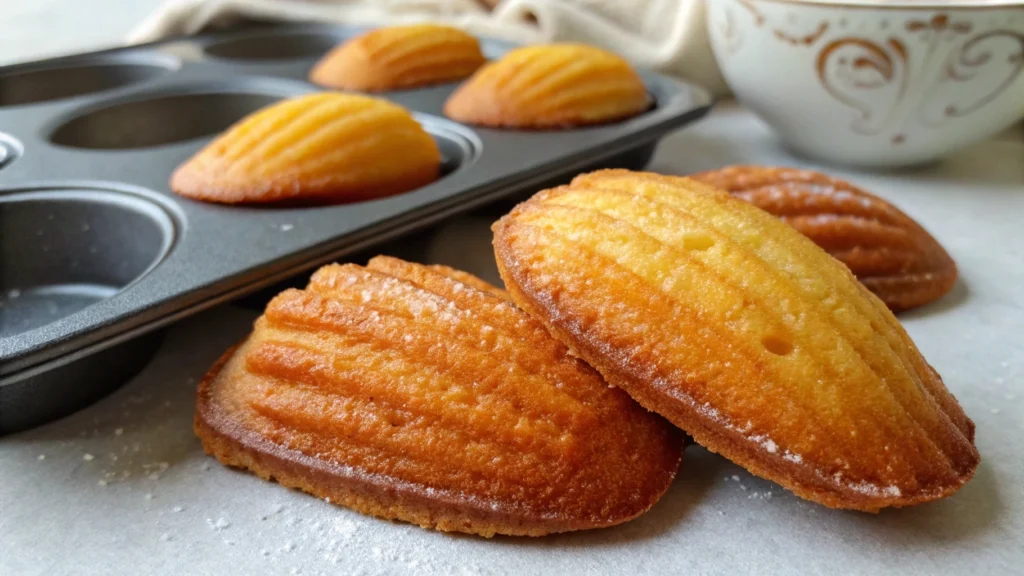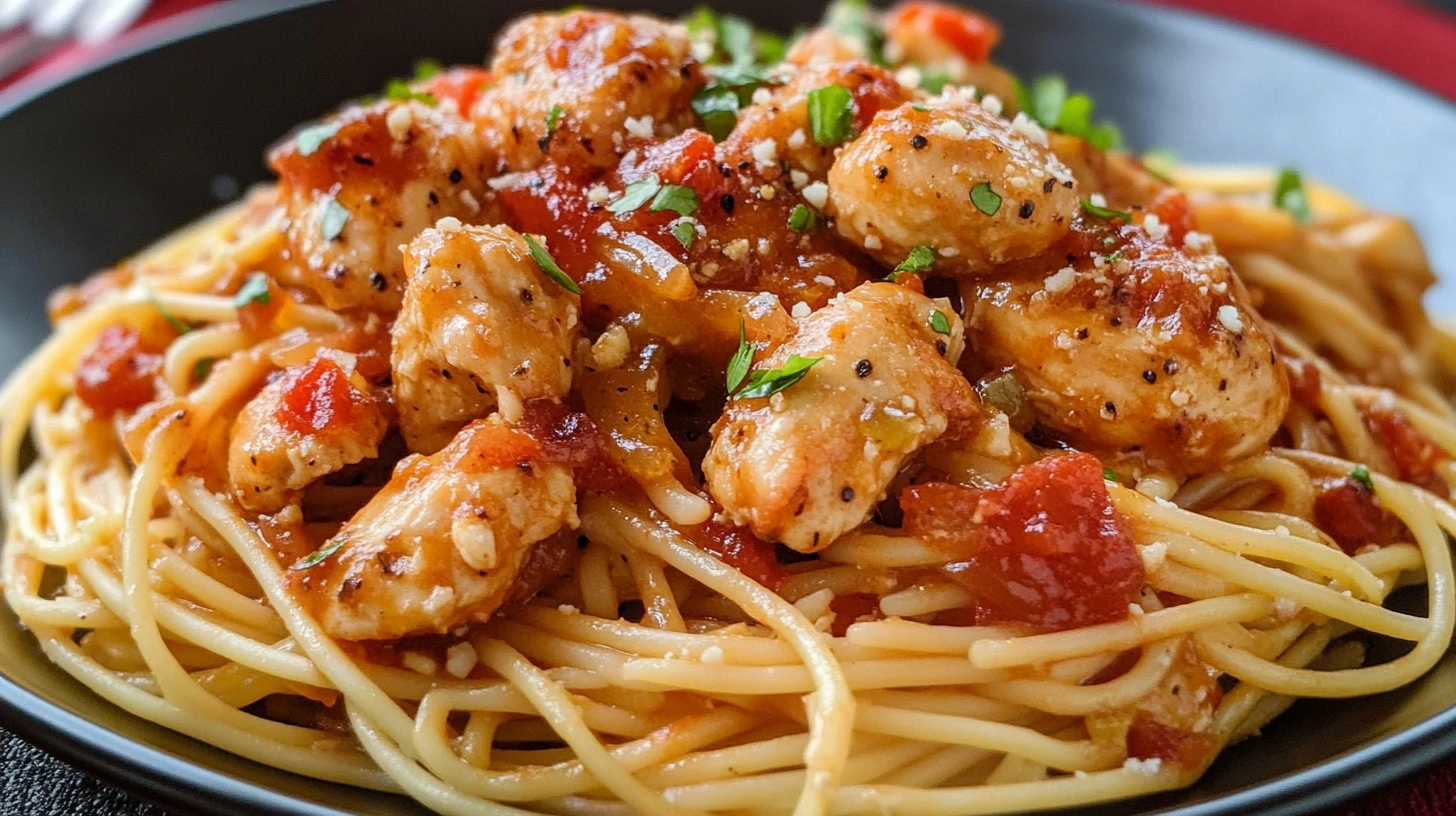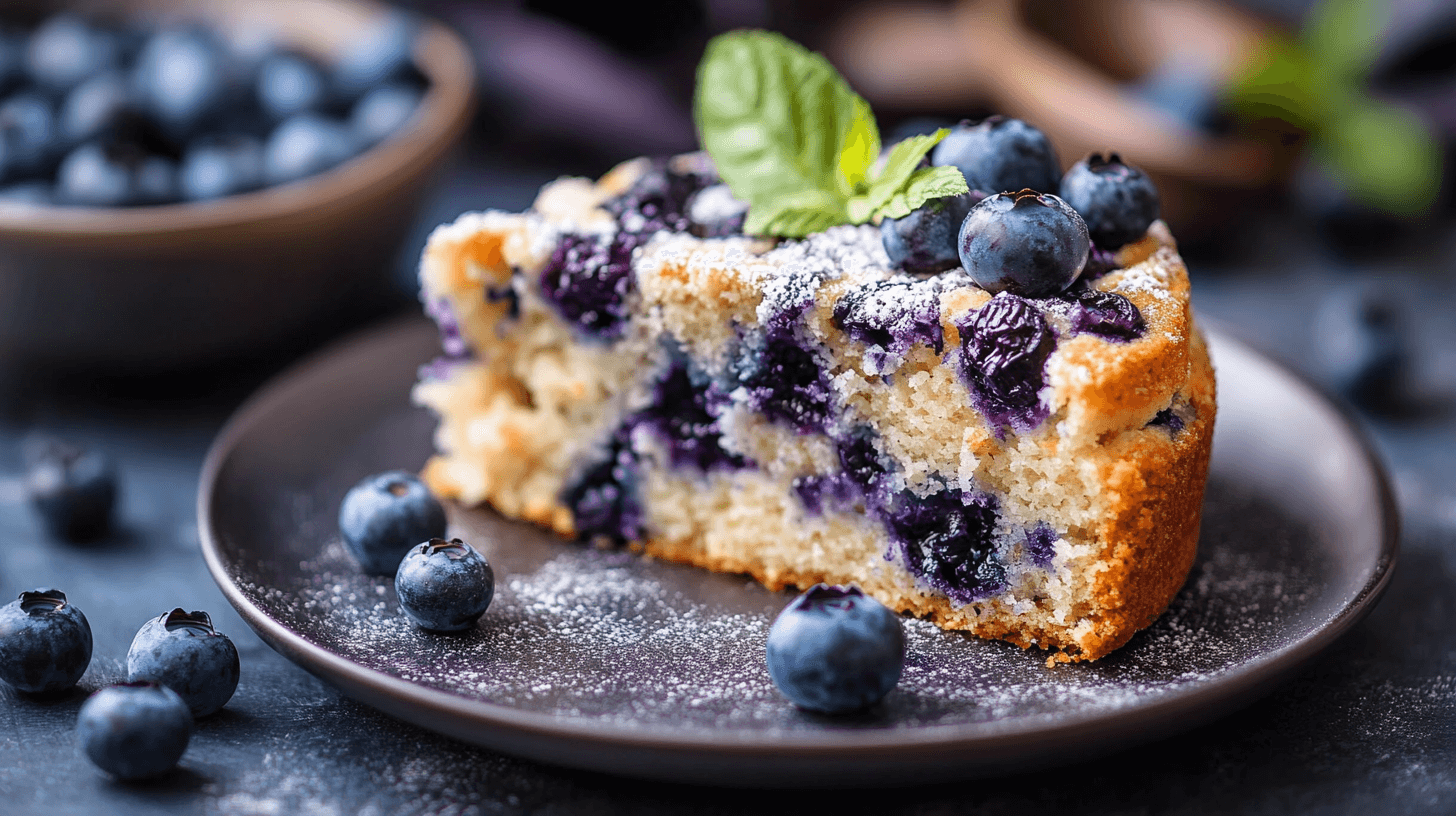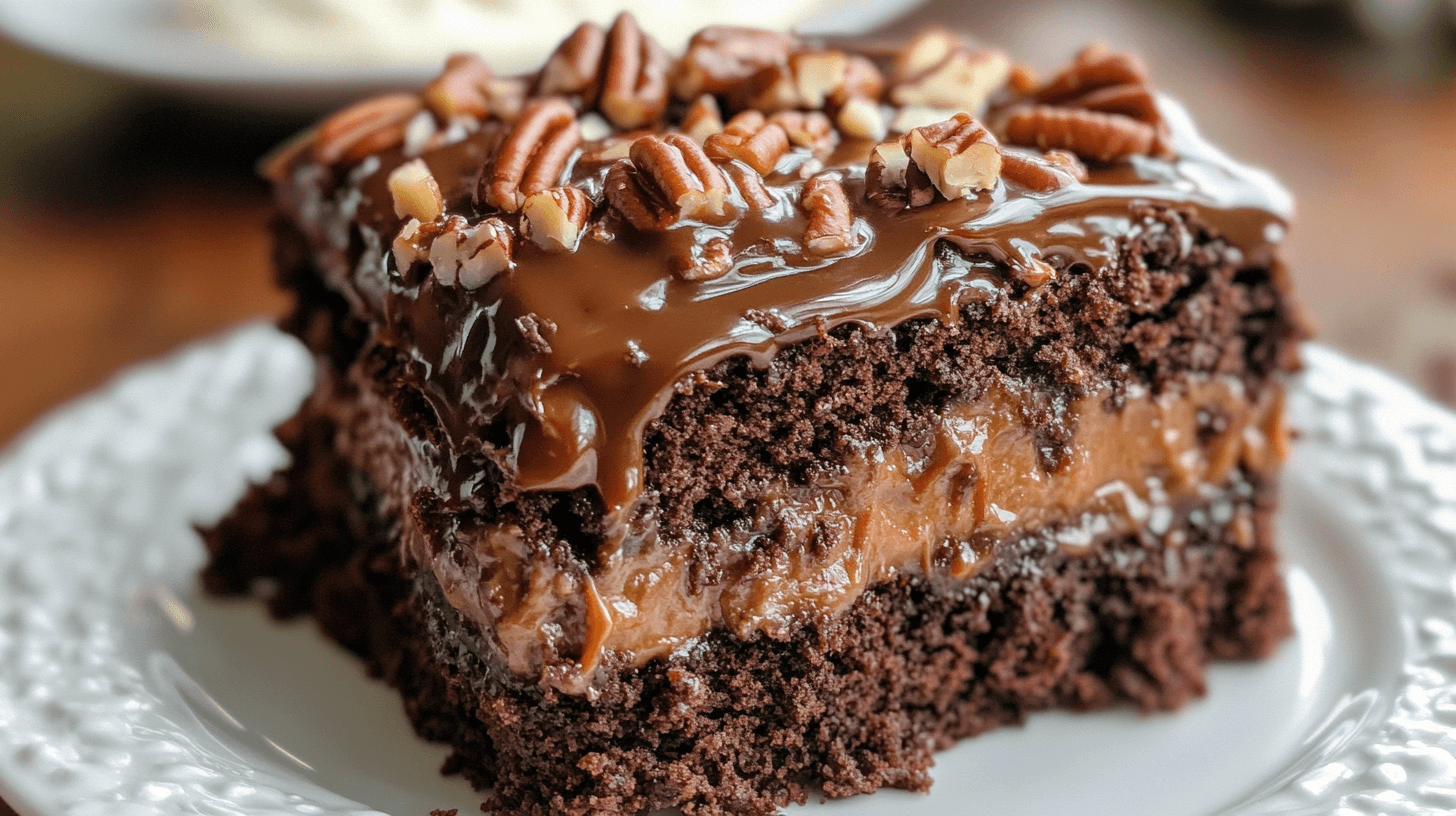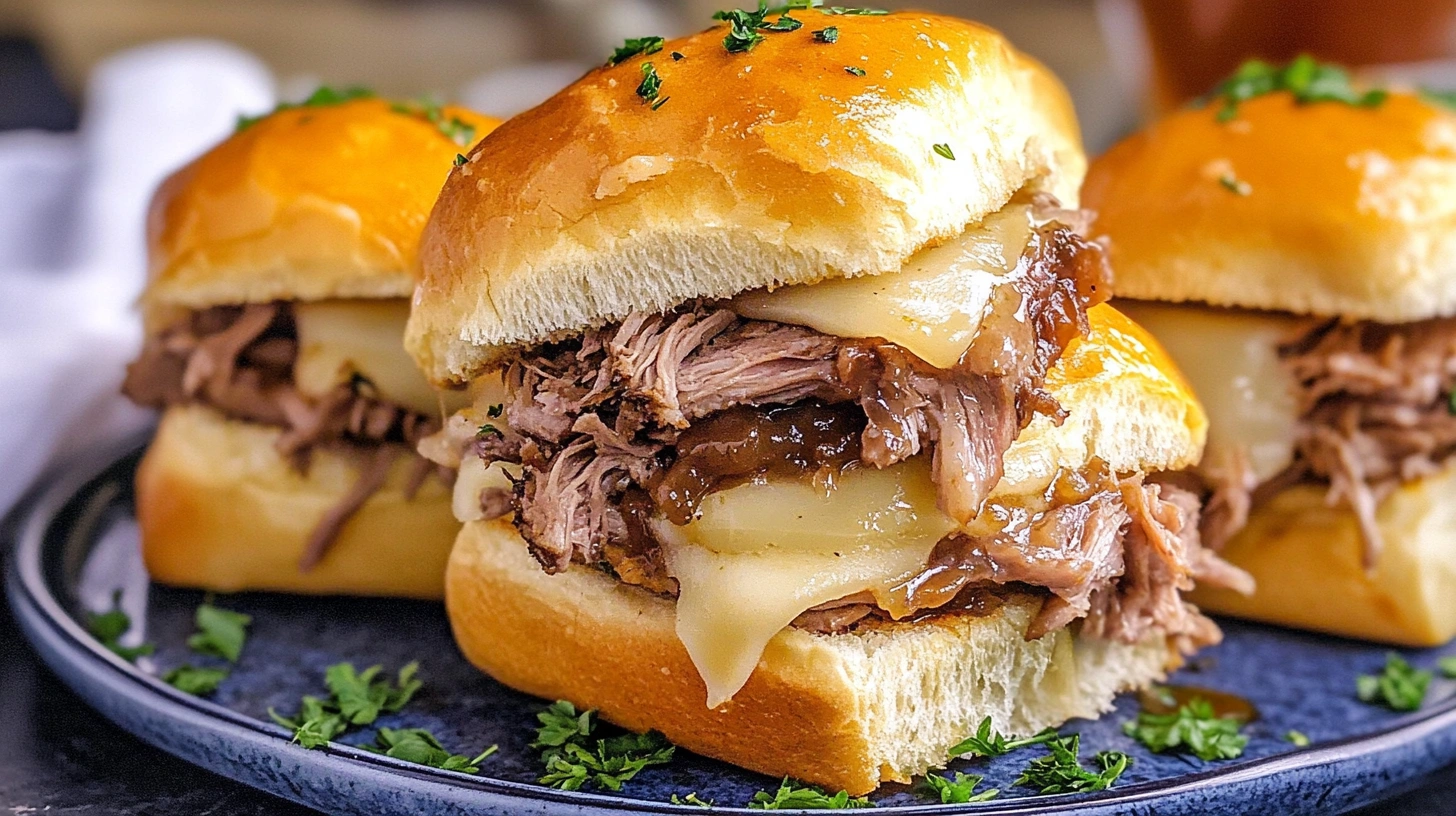Madeleines, those beloved French pastries, owe much of their fame to their signature bump. This bump, or “bosse de chameau,” is a sign of a well-baked madeleine. It shows the pastry is light, tender, and has a delicate crumb. But, what if your madeleines don’t have this bump? Don’t worry, we’ll show you how to get that perfect bump every time.
Key Takeaways
- Understand the importance of the madeleine’s signature bump and its role in authentic French pastry.
- Discover the essential ingredients and techniques required to master the madeleine bump baking process.
- Identify common issues that prevent the desired madeleine hump and learn how to troubleshoot them.
- Explore the science behind the madeleine bump and why it’s crucial for the perfect texture and appearance.
- Receive expert tips on selecting the right pan, preparing the batter, and managing temperature and timing for flawless madeleines.
Understanding the Classic French Madeleine: Why Don’t My Madeleines Have a Bump?
Madeleines are a beloved French pastry that have won the hearts of many. Their famous bump is not just a visual delight but a testament to a baker’s skill. Originating in the Lorraine region of France, madeleines rose to fame thanks to Marcel Proust’s evocative writing in In Search of Lost Time. Today, the madeleine bump remains a hallmark of this classic treat.
History and Origins of Madeleines Bump
Madeleines come from Commercy and Liverdun, two towns known for their artisanal baking. The iconic madeleine hump has since become a symbol of French pastry perfection. This characteristic bump showcases the charm of handmade goods and nostalgia tied to food.
Characteristics of Perfect Madeleines Bump
A perfect madeleine is buttery inside, crisp outside, and has a hump on top. This hump is not just pretty; it shows the pastry’s true tradition.
The Significance of the Signature Madeleines Bump
The madeleine’s hump is a sign of a precise baking process. This feature occurs when cold batter meets a hot oven, causing the pastry to rise quickly. Without this process, the signature madeleine bump won’t form, affecting both texture and appearance.
Enjoyed with tea or coffee, the classic French madeleine still charms many. It reminds us of proust’s madeleine memories and the french pastry troubleshooting that makes these treats special.
Essential Ingredients for Perfect Madeleines Bump
To achieve the perfect madeleines bump, you’ll need high-quality ingredients. The right combination ensures the pastry rises beautifully:
Pastry Flour: Contributes to the light texture needed for the hump.
Baking Powder: Critical for achieving the madeleine’s rise.
Unsalted Butter: Adds richness and supports moisture retention.
Honey: Enhances flavor and helps maintain the bump’s structure.
| Ingredient | Quantity | Purpose |
|---|---|---|
| Pastry Flour | 1 cup | Contributes to a light, delicate texture |
| Baking Powder | 1 teaspoon | Helps create the signature madeleine bump |
| Unsalted Butter | 1/2 cup, melted | Provides richness and moisture |
| Granulated Sugar | 1/2 cup | Sweetens the batter |
| Eggs | 2 large | Contribute structure and stability |
| Honey | 2 tablespoons | Enhances flavor and maintains moisture |
| Lemon Zest or Vanilla Extract | 1 teaspoon | Adds complementary aroma and flavor |
By carefully using these ingredients, you’re on your way to making perfect madeleines. You’ll get the right texture and taste.
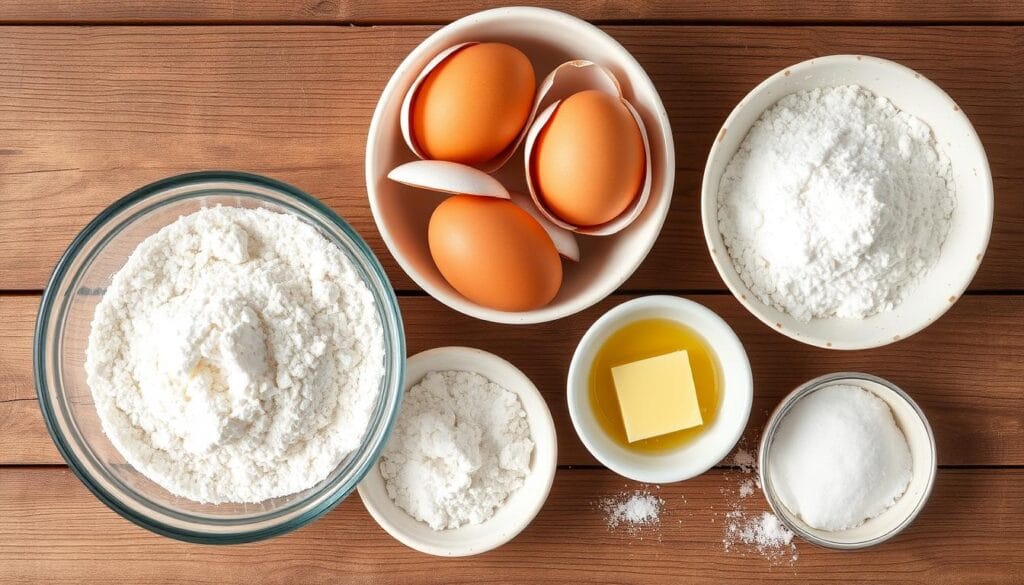
Why Don’t My Madeleines Have a Bump?
If your homemade madeleines lack the signature bump, you’re not alone. Several factors could be at play, like temperature issues or batter problems. Understanding these can help you bake perfect, Instagram-worthy madeleines with that distinctive hump.
Temperature Control Issues
The madeleine’s bump comes from cold batter meeting hot oven, causing it to rise quickly. If your oven is off, the batter won’t rise right. Ensure your oven is at 350°F before baking.
Batter Consistency Problems
Smooth batter is essential for the signature hump. Overmixing can make the texture too dense, while undermixing leaves it uneven. Chill your batter for at least 3 hours to enhance the madeleines bump formation.
Pan Preparation Mistakes
Right pan prep is key for those signature madeleine curves. Grease and flour molds well to help the batter release and form a bump. Metal molds usually give the best results, though silicone pans can work too.
Fixing these common issues will get you baking madeleines like a French patisserie. With practice, those coveted bumps will become a staple on your homemade treats.
“Madeleines are all about attention to detail. Nail the temperature, batter consistency, and pan prep, and you’ll be rewarded with those beautiful, classic humps every time.”
The Science Behind the Madeleines Bump
The madeleines bump is all about science. When cold batter meets hot air, the edges of the pastry set quickly while the center continues to rise. This controlled expansion creates the characteristic hump, signaling a well-executed recipe. By mastering temperature control and batter consistency, you’ll achieve the perfect madeleines bump.
The madeleine’s bump comes from a mix of temperature, batter consistency, and ingredient chemistry. When cold batter meets hot oven, the edges set fast while the center keeps rising. This temperature change creates the signature hump, showing the recipe’s delicate balance.
Eggs, baking powder, and the right batter consistency all play a part. Eggs give structure and leavening, while baking powder adds extra lift. Getting the batter’s viscosity just right is key. Too thin, and it’s flat; too thick, and it can’t rise well.
By grasping the science of the madeleine bump, bakers can fix common problems and get those peaks right. It’s all about controlling temperature and preparing the batter carefully. Mastering these technical details can turn a simple sponge cake into a masterpiece.
Proper Pan Selection for the Ideal Madeleines Bump
The right pan plays a significant role in forming the signature madeleines bump. Metal molds are ideal for their even heat distribution, but silicone pans can also yield good results. Ensure your molds are well-greased and chilled for the best chance of achieving the hump.
Metal vs. Silicone Molds
Metal pans are classic for their crisp edges and even color. But, silicone molds are gaining fans for their easy release. They’re great for dipping madeleines in chocolate. Your choice depends on what you like and the look you want.
Greasing and Flouring Techniques
Getting your pan ready is key for clean madeleines. Use softened butter to grease and flour for easy release. Make sure to cover every part of the mold, including the grooves, for perfect results.
Temperature Management for Molds
Temperature is important in baking madeleines. Chilling the pan before baking helps the butter set. This ensures even baking and a perfect shape. Keep your oven temperature steady for the best results.
Learning about pan selection and preparation will help you bake amazing madeleines. With the right techniques, you’ll get perfect madeleines every time.
Mastering the Batter Technique
Making the perfect madeleine starts with a well-prepared batter. The secret to the signature “bump” is in the batter’s mix and how you handle it. Begin by mixing dry ingredients like flour and baking powder through a sifter. This step adds air, making the madeleine light and fluffy.
Adding melted butter to the batter needs to be done carefully. Pour the butter slowly while gently mixing it in. This keeps the batter’s delicate texture. The batter should be thick and shiny, not too runny.
- Sift dry ingredients, including all-purpose flour and baking powder, to incorporate air.
- Slowly fold in melted butter, being mindful not to overmix the batter.
- Achieve the perfect batter consistency, aiming for a thick, glossy paste.
Chilling the batter for at least 3 hours, or up to a couple of days, is key. It lets the flavors blend and the gluten relax. This makes the madeleine light and airy with its famous bump.
When filling the molds, use a piping bag for even portions. This method ensures all madeleines are the same size and shape. With the batter ready and portioned right, you’re on your way to perfecting the madeleine technique.
“The batter is the foundation for a successful madeleine. Treat it with care, and you’ll be rewarded with those irresistible humps.”
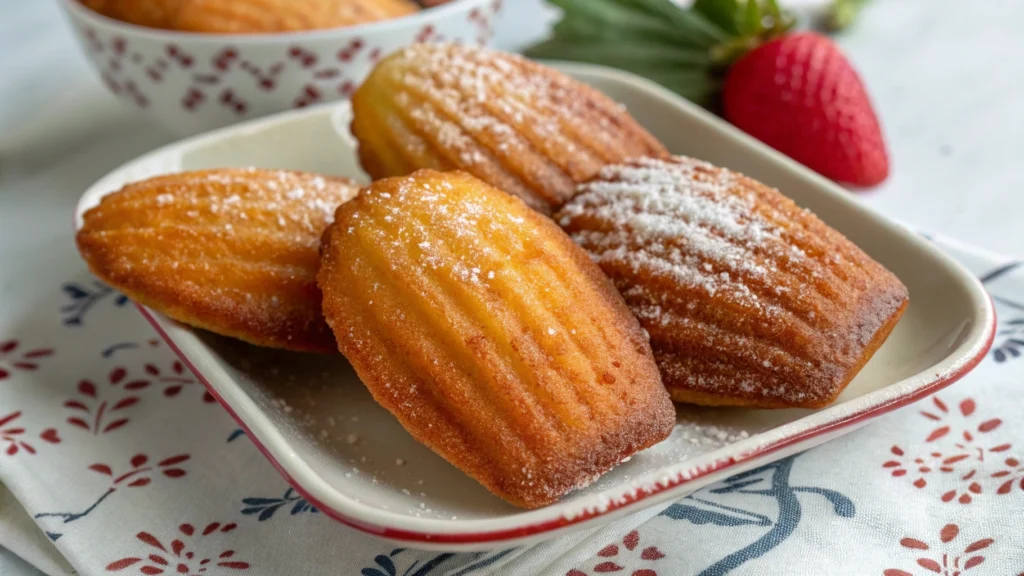
Critical Temperature and Timing Tips
To get the perfect madeleine, you need to watch the temperature and timing closely. The best oven temperature for baking madeleines is usually around 375°F (190°C). But, your oven might be different, so it’s good to check that.
Some recipes suggest starting at a higher temperature, like 455°F (235°C), for a few minutes. Then, lower it to the usual 375°F (190°C).
Letting the madeleine batter rest is key. It’s best to rest it for at least 3 hours, or even up to 24 hours in the fridge. This helps the batter become tender and full of flavor.
Baking Duration Guidelines
Madeleines usually bake for 8 to 12 minutes. But, this can change based on your oven and the size of your molds. Always keep an eye on them while they bake.
Underbaked madeleines won’t have the signature bump. Overbaked ones will be dry and crumbly.
| Oven Temperature | Resting Time | Baking Duration |
|---|---|---|
| 375°F (190°C) | 3-24 hours | 8-12 minutes |
By controlling the oven temperature, resting the batter, and watching the baking time, you can make perfect madeleines. They’ll have that signature bump everyone loves.
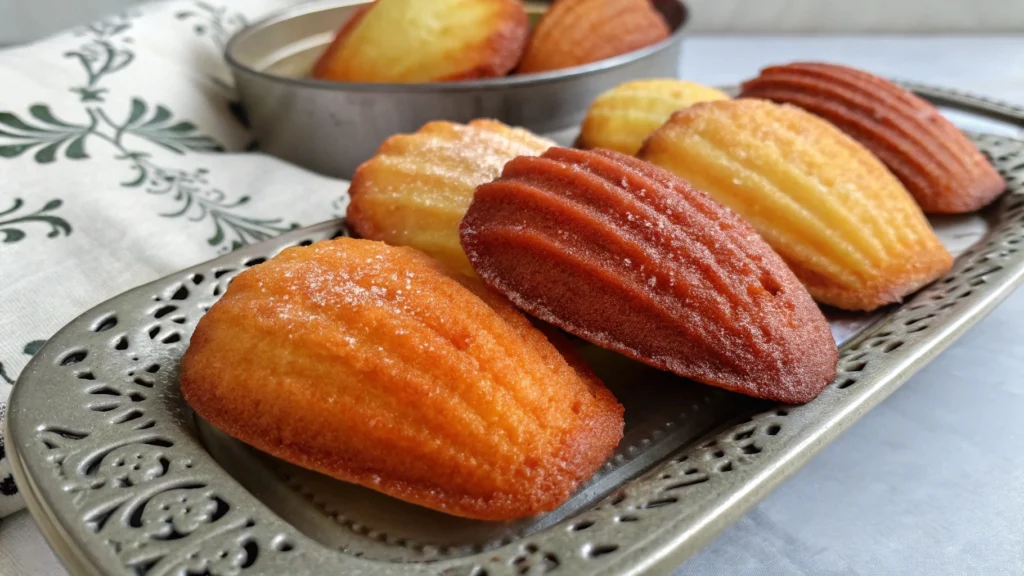
Common Mistakes to Avoid
Baking the perfect French madeleine can be tricky. You’ll want to avoid common pitfalls like temperature control issues and batter consistency problems. These details are crucial for achieving that signature bump.
One big mistake is not chilling the batter long enough. Madeleine batter needs at least an hour in the fridge. This step helps the flour hydrate and the texture firm up. Skipping this can lead to a flat, dense cookie.
- Don’t overfill or underfill the mold cavities. Overfilled madeleines spill over, while underfilled ones lack the hump.
- Incorrect oven temperature is another common mistake. Madeleines need high heat first to rise, then lower heat for even baking.
- Overmixing the batter makes it tough and rubbery. Fold in dry ingredients gently until just combined.
- Improper pan preparation is also a problem. Make sure to grease and flour the molds well to prevent sticking.
Resist the urge to open the oven door too early. This can cause the madeleines to lose their shape. Also, watch the baking time closely. These delicate cookies can dry out fast if baked too long.
“The perfect madeleine is all about precision. Pay attention to the details, and you’ll be rewarded with those iconic golden bumps every time.”
By avoiding these common mistakes, you’ll get better at french pastry troubleshooting and madeleine baking tips. You’ll impress your friends and family with your skills.
Conclusion
Making the classic French madeleine with its signature hump is all about detail and understanding the science. You need to pick the right ingredients and master the batter technique. Also, controlling the baking temperature and time is key to getting it right.
By following this guide, you can make madeleines with the perfect bump. This means keeping the batter just right, using the right pan, and preparing it well. Also, watching the baking process closely is important.
Perfecting the signature bump of madeleines is a rewarding journey for any baker. It’s about the process and the joy of making these French pastries. It will impress everyone and make you a better baker. Happy baking!
FAQ
Why don’t my madeleines have a bump?
Getting the signature madeleine bump is key for real results. Issues like wrong oven temperature, not chilling the batter enough, or mixing it too much can cause problems. Also, not preparing the pan right can affect the bump.
What are the key ingredients for making perfect madeleines?
To make perfect madeleines, you need pastry flour, baking powder, and melted butter. Sugar, eggs, honey, and flavorings like lemon or vanilla are also important. Using top-quality ingredients and measuring them right is vital for the right batter.
What is the significance of the madeleine bump?
The madeleine bump, or “bosse de chameau,” is key for their look and taste. It happens when the cold batter quickly rises in the hot oven. This makes the edges set fast while the center keeps rising.
What is the correct baking technique for madeleines?
To make madeleines right, mix ingredients gently and don’t overdo it. Chill the batter for at least 3 hours to get the flavor and bump right. Use a piping bag to fill molds evenly for the right size.
What is the optimal oven temperature for baking madeleines?
The best oven temperature is usually around 375°F (190°C). But, it can change with different ovens. Some recipes start at a higher temperature, like 455°F (235°C), then lower it.
What are some common mistakes to avoid when baking madeleines?
Don’t skip chilling the batter or fill molds wrong. Wrong oven temperature and mixing too much can also mess things up. And, don’t open the oven door too soon, or your madeleines might sink.
“Struggling with why your madeleines don’t have a bump? Discover the secrets to perfect results in our detailed guide!”

